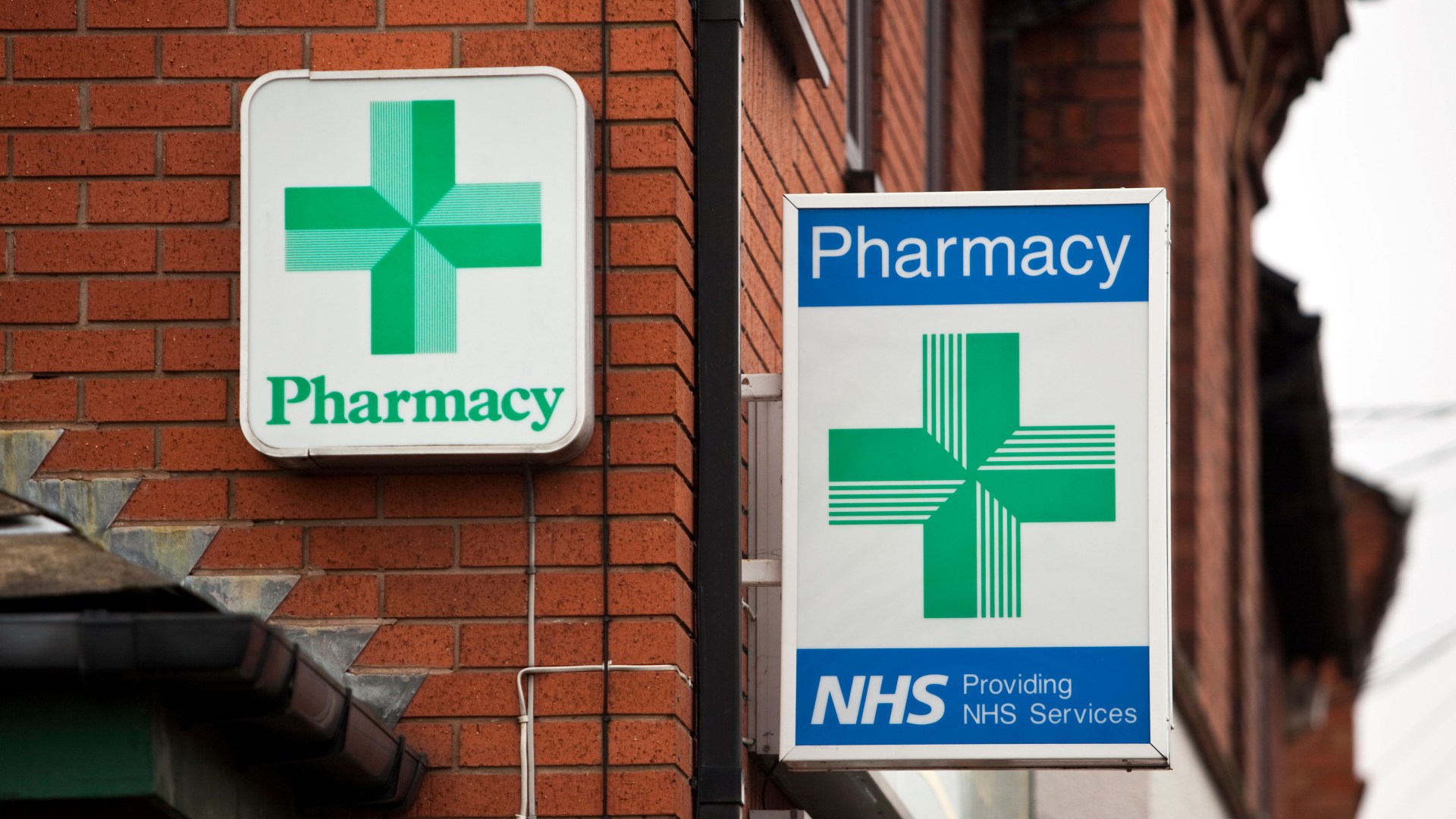AN interactive map reveals the areas of England with the fewest pharmacies per population size amid closures.
Experts are warning that rural parts of the country are at risk of becoming ‘pharmacy deserts’.
Closures in more remote towns and villages will mean people having to travel further for vital medication or even advice, the National Pharmacy Association said, as it urged the Government to reverse budget cuts.
Of the 20 council areas with the lowest number of pharmacies per 100,000 people, 17 were in rural locations, analysis showed.
The NPA has urged the Government to reverse what it describes as a 40 per cent real-terms cut to the pharmacy budget in the last decade.
NPA chief executive Paul Rees said: “These shocking statistics show how a growing number of areas are at risk of becoming pharmacy deserts.
“Many pharmacies are on the brink because of a decade of real term cuts, creating a material threat to the security of medicine supply in some areas if closures continue.”
West Berkshire has the lowest provision in the country over 100,000 people, with four times fewer pharmacies than Westminster and North East Lincolnshire, which have the highest.
It was followed by Wokingham, Central Bedfordshire, Bracknell Forest, Wiltshire and Oxfordshire.
Mr Rees said it is “deeply concerning” that higher levels of pharmacy closures are in deprived council areas, risking further health inequalities.
Plymouth has seen the highest number of pharmacy closures per 100,000, with York, Liverpool, Darlington and Wakefield all close behind.
David Fothergill, chairman of the Local Government Association’s community wellbeing board, said: “People rely on their local pharmacy, not just as a place to get medicines but as somewhere they can go to for informal health advice and information.”
The top 20 places with the fewest pharmacies per 100,000
The 20 places with the fewest pharmacies per 100,000 people:
- West Berkshire 9.9
- Wokingham 11.8
- Central Beds 12.6
- Bracknell Forest 12.7
- Wiltshire 12.9
- Oxfordshire 13.8
- Cambridgeshire 14
- Shropshire 14.2
- Herefordshire 14.4
- Lincolnshire 14.4
- North Yorkshire 14.5
- Rutland 14.6
- Worcestershire 15
- Hampshire 15.2
- Milton Keynes 15.3
- Southampton 15.3
- Surrey 15.3
- Bournemouth, Christchurch and Poole 15.4
- South Gloucestershire 15.5
- Lewisham 15.6
The 20 places with the most closures in the past year
- Plymouth -3.1
- York -3
- Cheshire East -3
- Liverpool -2.9
- Darlington -2.8
- Wakefield -2.8
- Hull -2.6
- Coventry -2.6
- North East Lincolnshire -2.6
- West Berkshire -2.5
- Gateshead -2.5
- Portsmouth -2.4
- Rochdale -2.3
- Halton -2.3
- Thurrock -2.25
- Torbay -2.2
- Kingston upon Thames -2.1
- Richmond -2.1
- Tameside -2.1
- Trafford -2.1
Janet Morrison, Chief Executive of Community Pharmacy England, said: “Community pharmacies are the front door to the NHS, providing critical health services and relieving pressure on GPs and other primary care services.
“However, the financial and operational pressures are becoming unbearable.
“Pharmacy owners don’t want to close their businesses, but without sustainable funding, many have no choice.
“This analysis is yet another clear warning sign to the Government and the NHS that things cannot continue like this: they need to prevent further closures by investing in community pharmacies and offering a sustainable funding model.
“Without this, patients, especially the most vulnerable, will find it increasingly difficult to access essential medications and healthcare services.”
The seven health conditions a pharmacy can treat
A scheme dubbed Pharmacy First allows chemists to treat seven common health conditions.
Rolled out in pharmacies in England in 2024, it means that you do not need to wait to see a GP. You can get treatment straight from a trained pharmacist.
In the same way that a GP would, the pharmacist will ask you a few questions about your health, do an examination and offer you a treatment based on these findings.
This will see pharmacists dishing out antibiotics without needing the OK from a GP for the first time.
The common conditions currently include:
- Sinusitis
- Sore throat
- Earache
- Infected insect bite
- Impetigo
- Shingles
- Uncomplicated urinary tract infections (UTI) in women




